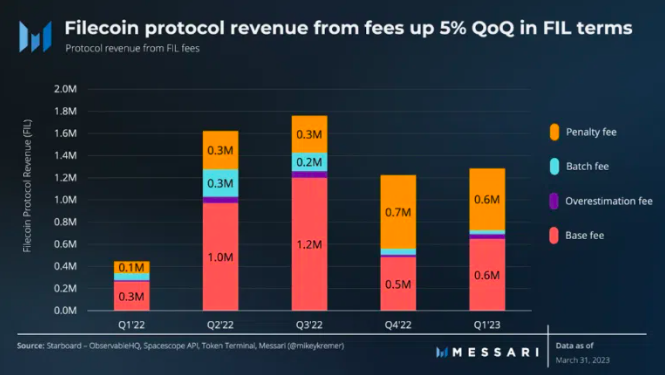Non-fungible tokens (NFTs) have taken the digital world by storm, attracting investors and art enthusiasts alike. However, as collectors spend significant resources acquiring unique digital assets, they face the challenge of securely storing these valuables.
Here, we explore the difficulties NFT collectors encounter, discuss the emerging solutions and alternatives, and offer insight into the future of NFT preservation.
Vulnerabilities in NFT Storage Methods
An estimated 40% of Ethereum-based NFTs are off-chain, which means they rely on external servers for storage. This dependence makes them vulnerable to loss, theft, or server shutdowns. The most significant threat comes from centralized servers, which are susceptible to hacking and data breaches, potentially resulting in the permanent loss of valuable NFTs.
The InterPlanetary File System (IPFS) and Arweave offer more secure storage solutions, but they also have limitations. PFS, a peer-to-peer network, requires users to “pin” their NFTs to ensure continued access, which can be complex and time-consuming. Additionally, if a user’s “pinned” data isn’t regularly accessed by others, it may be removed from the network.
Arweave, another decentralized storage platform, utilizes a unique “pay once, store forever” model. However, its native token, AR, is subject to price fluctuations, which may lead to high storage fees for users. Furthermore, Arweave’s storage system demands significant technical knowledge, making it challenging for non-experts to navigate.
The Innovators: ClubNFT, Arweave, Akord, and Filecoin
ClubNFT is developing a comprehensive suite of tools for NFT collectors. In addition to its user-friendly backup solutions, the platform is working on features like NFT insurance and recovery services to provide collectors with additional layers of protection. These innovations aim to build a more robust ecosystem for NFT storage and management.
Arweave: Enhancing Decentralized Storage With Smart Contracts
Arweave’s decentralized storage network not only focuses on longevity but also on integrating smart contract capabilities. This allows for the development of more advanced applications, such as NFT marketplaces and galleries, directly on the Arweave network. As a result, collectors and creators can enjoy a more seamless and secure experience when interacting with their digital assets.
Akord: Tackling Interoperability and Scalability
Akord’s efforts to simplify NFT storage processes also involve addressing interoperability and scalability concerns. By developing solutions that work across multiple blockchain platforms, Akord aims to make storage more flexible and efficient. Additionally, the platform’s focus on scalability ensures that it can support the growing demand for storage as the market expands.
Filecoin: Building a More Resilient Decentralized Storage Ecosystem
Filecoin’s decentralized file-sharing approach is designed to create a more resilient storage ecosystem for NFTs. Through partnerships with other blockchain projects, such as Ethereum and IPFS, Filecoin is working on creating a unified and secure storage solution that can withstand potential threats. These collaborations aim to establish a more robust infrastructure for NFT storage and reduce the reliance on vulnerable centralized servers.

The Interplay of NFT Storage and Decentralized Finance (DeFi)
The integration of NFT storage with decentralized finance (DeFi) platforms offers another potential avenue for more secure and efficient storage systems. By tokenizing NFTs, collectors can use them as collateral for loans, earn interest, or participate in decentralized trading platforms.
These DeFi-NFT hybrids could create new opportunities for collectors while simultaneously promoting the development of more advanced storage solutions.
As blockchain companies continue to tackle the challenges of storage, the future remains uncertain. Collectors must stay vigilant against market crashes, security breaches, and other potential risks. Meanwhile, these firms are working to develop more effective storage solutions.
One emerging trend is the development of decentralized autonomous organizations (DAOs) dedicated to NFT storage and preservation. These DAOs, funded by collectors, aim to build shared storage infrastructure and protocols that ensure the long-term safety of digital assets. This collaborative approach could potentially transform the way NFTs are stored and managed.
Another potential solution is the integration of storage with decentralized finance (DeFi) platforms. By combining these two innovative blockchain technologies, developers could devise more secure and efficient storage systems for digital assets.
The Evolving Landscape of NFT Storage
As the NFT market continues to grow and mature, the challenges surrounding secure storage and preservation of digital assets will remain a critical concern for collectors and investors. While current storage methods have their limitations, innovative blockchain firms like ClubNFT, Arweave, Akord, and Filecoin are charting new paths and developing cutting-edge solutions to address these issues.
The ongoing quest for more accessible, secure, and efficient storage methods characterizes the future of NFT storage. Along with the integration of decentralized finance and cross-blockchain collaborations.
As collectors and investors navigate this ever-evolving landscape, it’s essential to stay informed and open to the emerging technologies that will ultimately shape the future of NFT preservation. By doing so, they can better protect their valuable digital assets and participate in the growth of the non-fungible token ecosystem.
 beincrypto.com
beincrypto.com